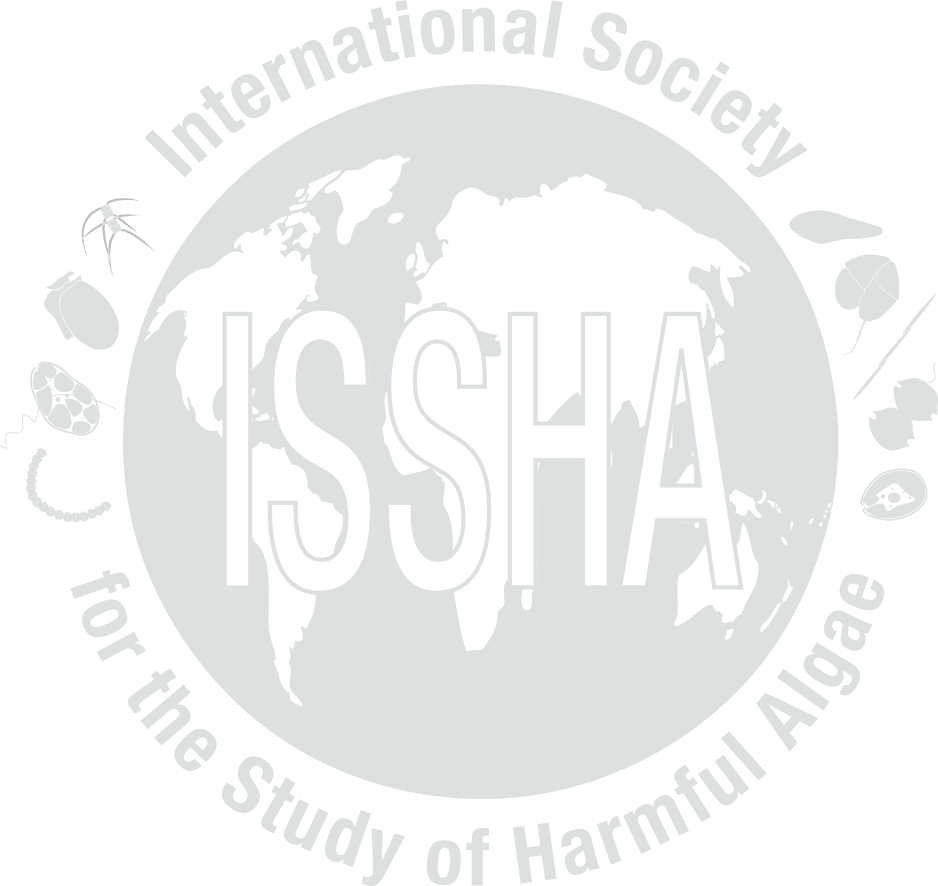


| Event name: | ID-03-001 | |
| Country: | INDONESIA | |
|
Nature of the harmful event: |
Water Discoloration , Mass mortalities | |
|
Event directly affected: |
Aquaculture Fish | |
| Toxicity detected: | No | |
| Associated syndrome: | PSP | |
| Unexplained toxicity: | ||
| Species implicated in toxin transmission (transvector): | ||
| Report the outcome of a monitoring programme: | Yes (BBPBL Lampung Bay monitoring) | |
| Event occurred before in this location: | Yes (Once occurred in 1999 without societal impacts (89280 cells/L)) | |
| Individuals to contact: | Intan, Mariana DB , Muawanah Muawanah | |
| Location: | Latitude: -5.521667, Longitude: 105.249167 | |
| General location information: |
Hurun Bay, Lampung bay HAB Area code(s): IND-03 |
|
| Additional location information: | ||
| Bloom event dates (yyyy/mm/dd): | Start: 2003-03-01, End: 2003-04-01 | |
| Quarantine levels dates (yyyy/mm/dd): | ||
| Additional date-related information: | ||
| Causative organism known: | No | |
| Causative Species/Genus: |
Pyrodinium bahamense Plate 1906 var. Bahamense
(230000000 cells/L)
|
|
| Co-Ocurring Species/Genus: | ||
| Chlorophyll concentration, if known: | µg/l | |
| Additional bloom information: | ||
| Event-related bibliography: | Muawanah, M., Haryono, T., Widiatmoko, W., Purnomowati, R., 2015. Fenomena Outbreak HABs (Harmful Algal Blooms). Bul. Budid. Laut 39.; Hasani, Q., Adiwilaga, E.M., Pratiwi, N.T.M., 2013. The Relationship between the Harmful Algal Blooms (HABs) Phenomenon with Nutrients at Shrimp Farms and Fish Cage Culture Sites in Pesawaran District Lampung Bay. MSS 16. https://doi.org/10.7454/mss.v16i3.1480; Widiarti, R., Richardus F, K., M, E., 2000. Succesion pattern of red tide causing organism Pyrodinium bahamense Plate, in Hurun bay, South Lampung. Proc. of JSPS Intl. Symp. on Fisheries in Tropical Area 306–312. | |
|
||||||||||||||||||||||||||
| Nutrient information: | ||||||||||||||||||||||||||
| Temperature Range During Event: | Max: °C, Min: °C | |||||||||||||||||||||||||
| Salinity Range During Event: | ||||||||||||||||||||||||||
| Bloom location in the water column: |
Surface |
|||||||||||||||||||||||||
| Growth: | ||||||||||||||||||||||||||
| Growth Comments | ||||||||||||||||||||||||||
| Additional Environmental information: | ||||||||||||||||||||||||||
|
|||||||
| Kit used: | Type of kit used: | ||||||
| Additional information: | |||||||
| Economic losses: | |||||||
| Management decision: | |||||||
| Additional harmful effect information: | No harm to humans occurred, but the high abundance of the bloom caused hypoxia, leading to mass mortality of aquacultured fish larvae. | ||||||
